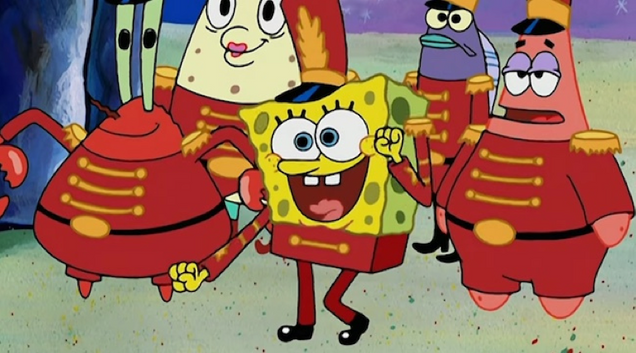How the Super Bowl Continues to Make Its Mark in Media
By: Vivian Kasparian, Account Supervisor
There are two types of people when it comes to the biggest sporting event of the year, the Super Bowl. First, there are those who sit on the same corner of the couch, wearing their slightly small, unwashed jersey and hoping their superstitions help their favorite team win the Super Bowl. Then, there are those who show up to the party hovering around the chicken wings, playing the “moral support” role for their friends and family and waiting for the halftime show and commercials…A.K.A. me. How do these polar opposite personalities, and the Super Bowl itself, play a role in affecting media?
First, let’s consider just how large the Super Bowl is. According to the CBS Sports, the Mercedes-Benz Stadium in Atlanta, Georgia, where the 2019 Super Bowl was held, has a capacity of 75,000. Although it hasn’t been reported yet if the stadium was sold out, that’s 74,480 more people than the amount I watched the game with at home on Sunday!
The cost per ticket? According to data from Stub Hub, the ticket sales averaged $4,380 per ticket. I currently have $19 in my bank account #BrokeGradStudent.

Now let’s add the value of the media. The annual Super Bowl is the most watched program of the year in the United States. According to CNN Business, Super Bowl LIII, which was broadcast across several channels and other streaming mediums on Feb. 3, 2019, averaged 100.7 million views. To the average person who can’t even get over 200 likes on an Instagram post, 100.7 million may seem a lot! To the media however, the overall viewership was the lowest of any Super Bowl’s since 2009.
Although times have changed and people are less inclined to watch programs through traditional TV, the excuse still doesn’t justify why the viewership was so low this year. Some people think the NFL’s controversy with players kneeling during the national anthem, or just the multiple injuries throughout the regular season, has people less inclined to watch football.
The 2019 Super Bowl, which featured the New England Patriots and the Los Angeles Rams, had a different reason for low viewership: it was the lowest scoring Super Bowl in history, and as the media has dubbed it, simply boring. Oh, and the fact that this was the Patriots ninth appearance in the Super Bowl over the past 18 years… #StillHere #TomBradyisGoat

How, then, can the Super Bowl expect to make money if people are less invested in the game itself?
Perhaps the $5.25 million for a 30-second commercial spot could help? Some of the 50 commercials this year featured a variety of companies, including the beer industry, such as Budweiser who competed with commercials from Stella Artois. There were a bundle of car commercials from Audi, Mercedes-Benz, KIA, Lexus, Toyota, Dodge, Jeep and Hyundai. Telephone networks such as Verizon, T-Mobile and Sprint utilized millennial humor and sarcasm. Lastly, the fast food and drink industries which were represented by Pepsi, Diet Coke, Coca-Cola, BON and VIV spiked seltzer, Pringles, Doritos, M&M’s, Skittles, Avocados from Mexico, Wendy’s, Burger King and Kraft.
Other attention-grabbing commercials included a Pampers ad featuring John Legend and Adam Levine, the new Avengers trailer, Bud Light who made a commercial crossover with Game of Thrones and the various commercials from Google, Walmart, and Amazon.
So why are all these big companies willing to waste $5.25 million if people aren’t even watching TV or the Super Bowl anymore?
Earned media. Companies spend thousands on hyping up their Super Bowl commercial weeks before the game even happens, hoping that people will jump on YouTube to watch it. They rely on the fact that people, just like me, are only watching the Super Bowl for the commercials to see what creative and clever content companies come up with. This earned media then hopefully translates into sales.
Paired with the highly anticipated half-time performance, with Spongebob Squarepants’s “Sweet Victory” song cameo hitting over 566 percent more streams after the Super Bowl aired, and the Super Bowl commercials, one might say that the Super Bowl is becoming less about the game, and more about entertaining the viewer.

Nickelodean
Regardless, the Super Bowl has successfully positioned itself to target sports fans, and non-sports fan, which allows it to continue making its dynamic mark on the media world.
